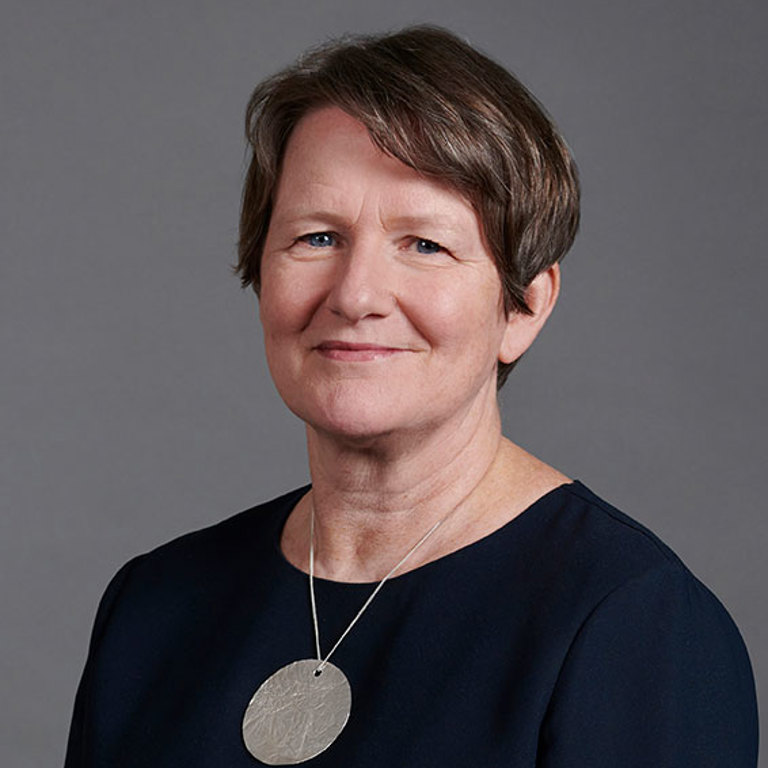Pensions Essentials - May 2025
Download PDF
|
Welcome to the latest edition of Pensions Essentials. This month we consider a number of recent developments including the Pensions Regulator’s first annual funding statement under the revised funding regime, further developments in relation to the consolidation of small DC pots, helpful guidance on dashboard compliance where a scheme has a separate AVC provider and an update from the Regulator on practical points emerging from the three transfers to Clara so far. We also have a look at the new Mansion House Accord as well as developments in relation to things such as surplus and trusteeship which have been trailed by the Government. Just as we were going to press, the Government issued its response to consultation on Options for DB Schemes which includes details of what will be in the Pension Schemes Bill on surplus refunds. It also issued the final report of the Investment Review and a response to its consultation on Unlocking the UK Pensions Market for Growth which set out proposals for a minimum default fund size of £25 billion in master trusts and personal pension schemes as well as a regulatory approval process for creating new default arrangements. We will pick up the detail of these developments in a separate briefing. If you are looking for more pensions content, have a look at our blog, Pensions Pointers where members of the team talk about things they are seeing in practice. Recent contributions include a look at key pensions questions for employers to consider on a group reorganisation, the need for TCFD reports after buy-in, data protection impact assessments for the dashboards and potential issues in relation to the small pot proposals. In addition, if you prefer to listen to updates rather than reading them, check out our Pensions on Air podcast. It follows on from each monthly edition of Pensions Essentials and consists of 15 minute episodes diving into recent key developments in pensions law and regulation. If you want information on a specific topic, our What’s Coming page has lots of useful information on recent developments and what’s on the horizon in the pensions world along with links to key documents that might be of interest. If you have any colleagues who would like to sign up for our communications, please email us. |
|
This material is provided for general information only. It does not constitute legal or other professional advice.
If you would like to discuss any of the above in more details, please contact your relationship partner or speak to one of the contacts below.






Watch list
For upcoming developments see our Pensions: What's coming page.
No |
Topic |
Effective date or expected effective date |
Further information/action |
|
1 |
Changes to DC scheme governance and disclosure |
2025/26 Pension Schemes Bill to be laid before Parliamentary summer recess (currently 22 July 2025).
|
Anticipated that wording for new value for money framework in occupational pension schemes will be included in the Pension Schemes Bill. The FCA has consulted on the requirements for personal pension schemes. Draft legislation on consolidating small DC deferred pots also expected in the Bill, along with new obligations in relation to decumulation options. |
|
2 |
DB consolidation |
2025/26 Pension Schemes Bill to be laid before Parliamentary summer recess (currently 22 July 2025). Public consolidator to be established by 2026, consultation on features closed on 19 April 2024, a response to which is expected in spring 2025. |
TPR further updated interim superfund guidance - issued July 2024. Draft legislation on superfunds expected in Pension Schemes Bill. |
|
3 |
Pensions tax |
Changes are anticipated from 6 April 2027 in relation to inheritance tax (IHT) on lump sum death benefits and inherited benefits. Changes to be made from 6 April 2026 in relation to need for UK scheme administrators. |
Draft legislation awaited in relation to IHT changes. |
|
4 |
Repayment of surplus |
Further changes to legislation in relation to refunding surpluses in ongoing schemes have no clear date but may be included in the Pension Schemes Bill to be laid before Parliamentary summer recess (currently 22 July 2025). |
The Government has just published more details on its proposals it its response to consultation on Options for DB Schemes (29 May 2025). |
|
5 |
Funding and investment strategy requirements for DB schemes |
Funding and investment strategy in place 15 months from date of the first valuation obtained on or after 22 September 2024. Revised Code of Practice from TPR came into force on 12 November 2024. |
Strategy statements will need to be submitted electronically, the format for which has just been published by TPR. |
|
6 |
Notifiable events for DB schemes on corporate and financing activity |
Significant uncertainty about publication of government response to consultation on draft Notifiable Events (Amendment) Regulations. No dates are known as to when any progress will be made. |
It appears that TPR has ceased work on the notifiable events code of practice so it is not clear whether there will be any further developments in relation to this. |
|
7 |
Pensions dashboards |
Compulsory connection deadline of 31 October 2026 for schemes with 100 or more active and/or deferred members at year end between 1 April 2023 and 31 March 2024. Staging timetable set out in DWP guidance. |
All registrable UK-based schemes with active and/or deferred members. |
|
8 |
Collective defined contribution schemes |
The Government has said that legislation allowing unconnected multi-employer schemes will be issued in Autumn 2025. |
The Government has consulted on the possibility of extending the legislation allowed CDC schemes for unconnected-employers, paving the way for commercial providers to offer such schemes. |
|
9 |
DC consolidation |
Proposals on default funds may come into force in 2030. |
The Government has consulted on requiring multi-employer DC schemes to have a maximum number of default funds of a minimum size. Further details of these proposals are set out in the final report of the Investment Review (29 May 2025). |






